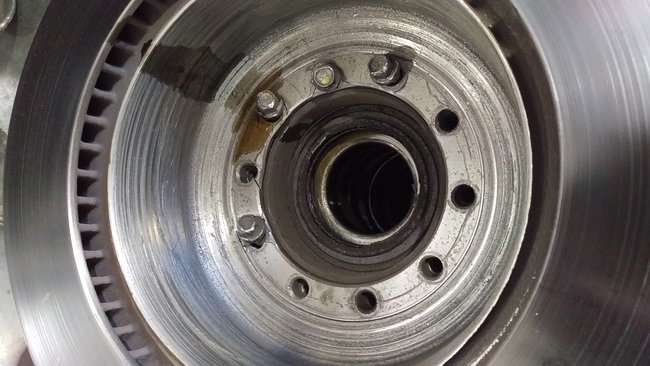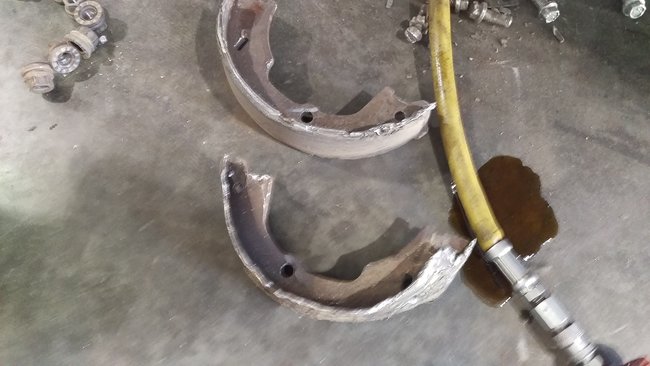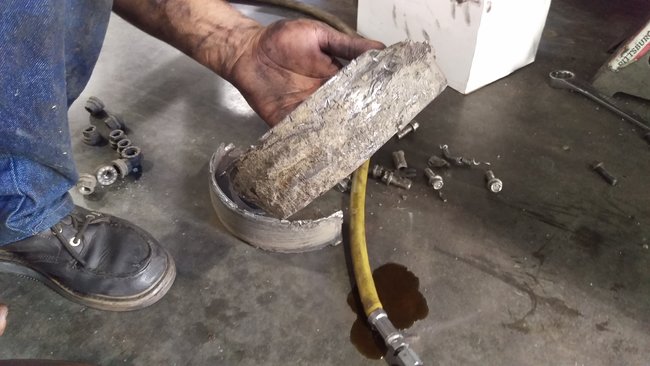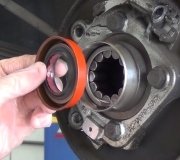Tuesday, April 11th, 2017 AT 10:45 AM
Upon going to pick up my truck (description listed above) after having the differential replaced (what was assumed as general wear) the shop was test driving the truck and it was still binding. They put if back in the air and put the truck in gear and the right side bound up. They assumed it was the rear end again but when I looked under the truck I saw a gap between the rotor and hub. They pulled the wheels and sure enough there was a gap. They pulled the axle and hub assembly to find the parking brake and rotor bolts had come loose and only three were loosely holding the rotor to the hub. The rotors were new and installed by this same shop only three to four months prior to this. The bolts chewed up the parking brake pads, cable, and mounting block for the pads. The pads came loose and were getting stuck against the mounting plate along with bolts working their way out of the hub that held the rotor on (only three left loosely holding the rotor to the hub). The flange were the bolts go through the rotor is even cracking out from stress. I am assuming this caused a bad shock to the drive train and may have even locked up the right side momentarily at speed. Would the wheel locking up at speed damage the spider gears in the differential (break teeth off the gears, crushed/blown out shims from behind gears, bend or gouge the gear shafts)? Would one wheel locking up cause the other wheel to increase in speed, but without the wheel actually being able to speed up (rolling at a constant speed and drive shaft turning at constant speed) would the shock be absorbed by the spider gears to were failure would occur in the differential? Please help me with these questions. I feel that all of this was caused by someone not tightening the bolts down to the required torque specs and using some loc-tite as an added safety. The shop is trying to skirt all responsibility for this. In all there is a re-manufactured differential in it from Weller truck parts, fourteen quarts synthetic gear oil, and now it is looking at a new hub (all bolt holes ruined), bearings, seals, parking brake cable, brake mounting plate, rotor, disc brake pads, parking brake pads, parking brake return spring.






